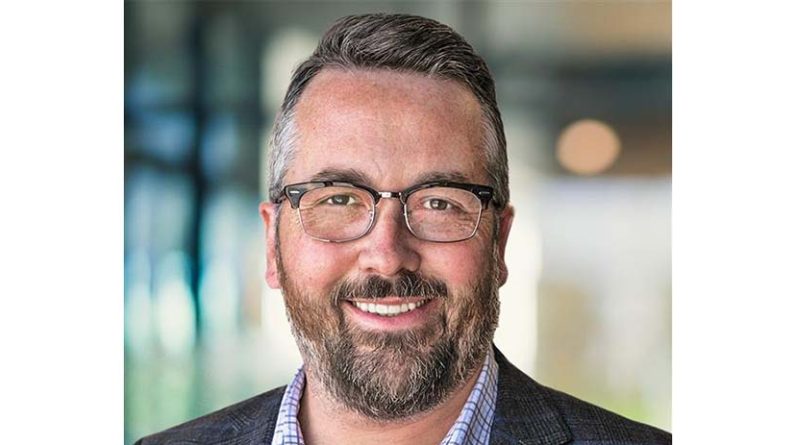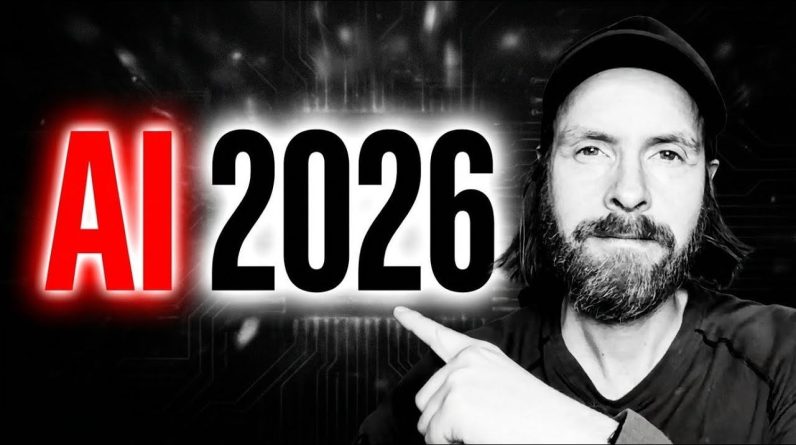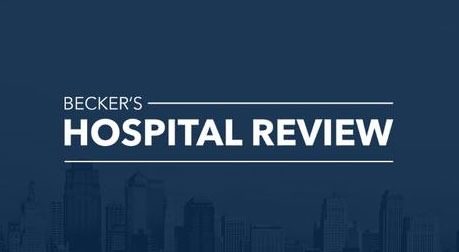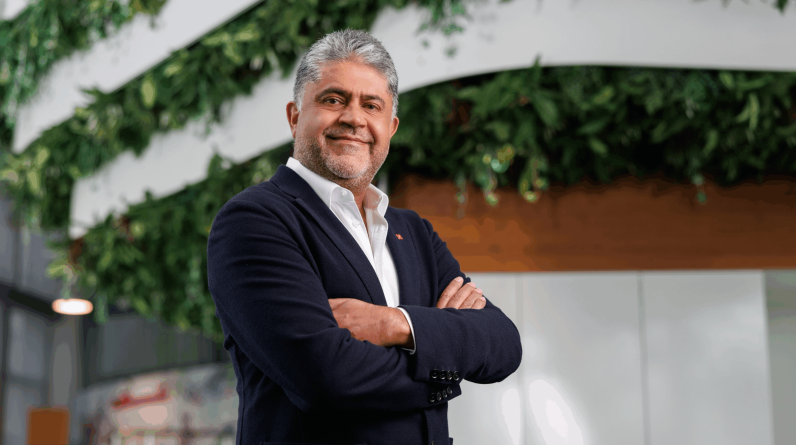
Listen to this article
The Blueprint
- AI tools streamline material ordering, reducing costly delays.
- Cybersecurity grows in importance for critical infrastructure projects.
- Future success hinges on employee digital literacy and curiosity.
Nick Ingolfsland likes to say that he wears two hats with Ulteig, an infrastructure engineering firm with locations in Minnesota and throughout North America.
One is about making sure folks “have the tools to do their jobs” and the other is about “changing the way we do business,” says Ingolfsland, Ulteig’s chief technology officer and a 17-year veteran of the company.
“It’s about transforming how people deliver work: integrating AI, leveraging advanced tools and putting stuff in place that really improves the client experience for folks in our lifeline sectors of power, renewables, transportation and water,” he said.
In the following interview, Ingolfsland talks about how AI and automation are changing the way projects are delivered, the growing importance of cybersecurity, and the future of work in the architecture, engineering and construction industry, among other topics.
The interview has been edited for length and clarity.
Q: Talk about how AI and automation are changing the way projects are designed and delivered.
A: I don’t have a crystal ball. I can talk a little bit about what we’ve got going on now and where I think it’s going. And I think those are two pretty different places.
Today, Ulteig is doing a lot of different things with AI, amongst other advanced technologies, to make sure that we’re both delivering the best value we can for our clients, and leveraging those tools to make employees work better; remove some of those tasks that perhaps can be removed so they can focus on the best parts of their job.
I think where we’ve had some really big successes has been around automating things like quality control. You might think of an engineering plan set in simple terms as being a 300-page stack of IKEA drawings. Well, within those drawings, there’s a whole lot of things that have to connect to each other, and have to be the same throughout, and like any big project, especially in construction, a lot changes from the beginning of the project throughout the life of it. If those changes aren’t reflected consistently through those plan sets, it … causes problems for the client, drives cost up, etc.
AI is really good at finding those redundant patterns that engineers used to have to, page by page, turn through and check things through. And we can automate some of that with AI today. You’ve just got to figure out how to integrate it into your business, and we’ve had some pretty good success doing that already.
I think where we’re going is to a space where clients get more options, more outcomes.
Engineering, at the core, is about finding the best set of things to create the outcome that best aligns with what the customer is trying to deliver. It takes a lot of time to do that, and there’s a shortage of engineers.
I think where we’ll get with AI long term is more optionality for customers. Rather than, ‘Here’s your design,’ it’s like ‘Here are your 12 designs,’ and you can pick through it and figure out how that outlines with the different goals you have and get to smarter outcomes and work past this talent shortfall that we’re in that prevents us from doing that today.
Q: What are some real-world examples?
A: When the construction project starts, somebody’s got to order all of the things that you need to construct it. In most projects, that’s accomplished by way of counting things, either with some software or a series of softwares, and then humans going through and validating that they have all the right quantities. And in some cases, if you make a mistake there, it can create weeks of delay or months of delay. It can create real problems on the project later.
That’s been a real-world example that we’ve had in automating that specific workflow and having, frankly, really good success using different AI tools that are out there and available today.
Q: Talk about the growing importance of cybersecurity and tech leadership for firms working on critical infrastructure.
A: It’s kind of back to where I started, the two hats thing. On the one hand, the CTO has got to find ways in the digital space to change how folks are working and say ‘yes’ to all of these new technologies.
At the same time, most of these come with a caveat. They create some kind of challenge or risk, both for the business and for customers. Because we do work with electric utilities on large transmission lines, critical infrastructure, we’ve had a really mature cybersecurity program integrated with our business, integrated with how we deliver work for clients, for quite a number of years. And we’re really fortunate to be in that space
In today’s world … the quality and frequency of social engineering stuff has really changed. You used to be able to train your employees like, ‘Hey, you can spot the phishing email because they’re not spelling stuff right.’ Or ‘everybody got the same message.’ There are patterns you could kind of follow.
With AI at everybody’s disposal, the way those attacks work, they’ve leveraged those tools to get a lot smarter. The social engineering is a lot more sophisticated and more customized to the individual being attacked now.
The way I think about that space is you’ve got to have great partners. You’ve got to have partners out there that can tell you where your blind spots are, tell you what risks you’re not looking at, and then you’ve got to integrate that into your program, and that program’s got to reach all the way out to the to the people side of it, because tech controls aren’t enough.
Q: Tell us a little bit more about the future of work in the AEC industry and how emerging technologies are reshaping roles, company culture and talent strategies.
A: I think all employees, especially in highly technical spaces like engineering, are going to have to relearn how to tinker, and they’re going to have to get involved with these tools to be successful. The difference in productivity between somebody who continues to work the way they’ve always worked for the last 20 years or is able to adopt the tool that maybe just came out three months ago or six months ago, the difference in productivity is going to be so monumental that folks are going to be at risk for getting left behind.
For technology leaders, it means we’ve got to find new ways to create governance and training and digital literacy programs so that all employees can be brought along in this. They can get curious. They can feel confident in that space.
Digital is fundamentally a business challenge, not a technology challenge. How do you leverage new tools to create value for your customers? Well, if the challenge here is less about technology, it’s more about value and how people are working, it becomes a how do you re-skill a population? Ulteig has 1,600 folks. How do you teach 1,600 folks to tinker, to be curious, and to leverage new tech in how they work, so that we can extend that value all the way out to our customers?
I think that takes leaders modeling that behavior from the top down. The CEO is tinkering just the way I was describing, employees seeing their managers engaging with these tools. And that’s, I think, very unique and different than what we’ve seen with disruptive technologies, even five years ago, compared to what I think it’s going to take for us to all be successful with AI in the future. I think it’s an area of tremendous change.








